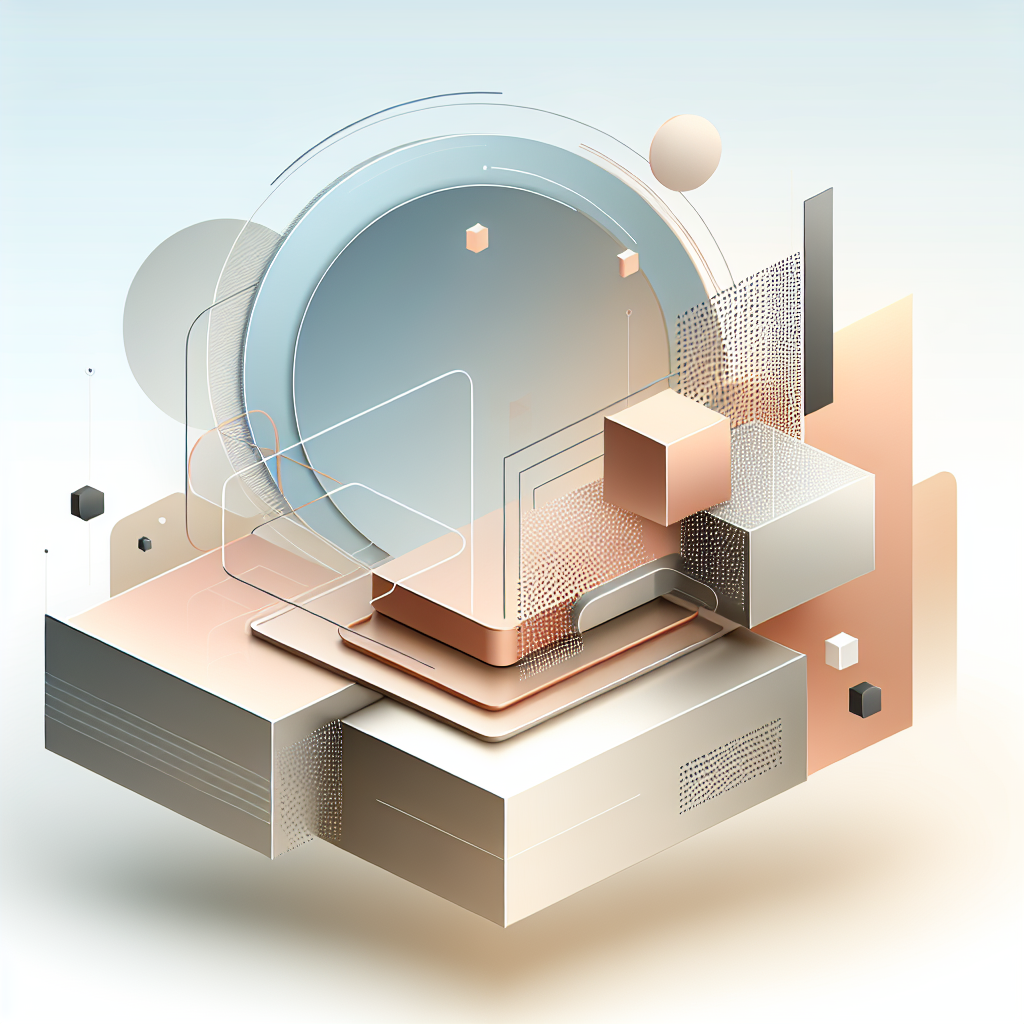On the Quiet Revolution of Thought
Artificial intelligence has become the invisible architecture of modern life. It assists, not replaces; clarifies, not overwhelms. True mastery lies in using it quietly—where technology amplifies thought, not noise.

In the unfolding rhythm of our age, artificial intelligence no longer feels like a distant horizon—it has become the invisible architecture beneath how we think, work, and create. It writes beside us, not for us. It observes patterns, not people. It accelerates execution, not intent.
At its best, AI is a quiet collaborator.
It filters noise so that thought may remain pure. It shortens the path between idea and implementation—whether in code, research, design, or learning—while leaving room for judgment, for taste, for the human touch that defines mastery.
In the cloud, it becomes something more: infinite proximity. The distance between a whisper of an idea and its realization narrows to seconds. Every file, every fragment of logic, every iteration exists in a shared, silent space where precision replaces possession.
Yet, as with all tools of power, discretion is the measure of its worth. Those who treat AI as a replacement will find only repetition. Those who approach it as a companion—as a disciplined instrument in the craft of clarity—will find expansion.
Technology has always promised speed. AI, in its finest form, offers stillness: the ability to think deeper, to act with intent, and to design with restraint.
That is where the true luxury lies.